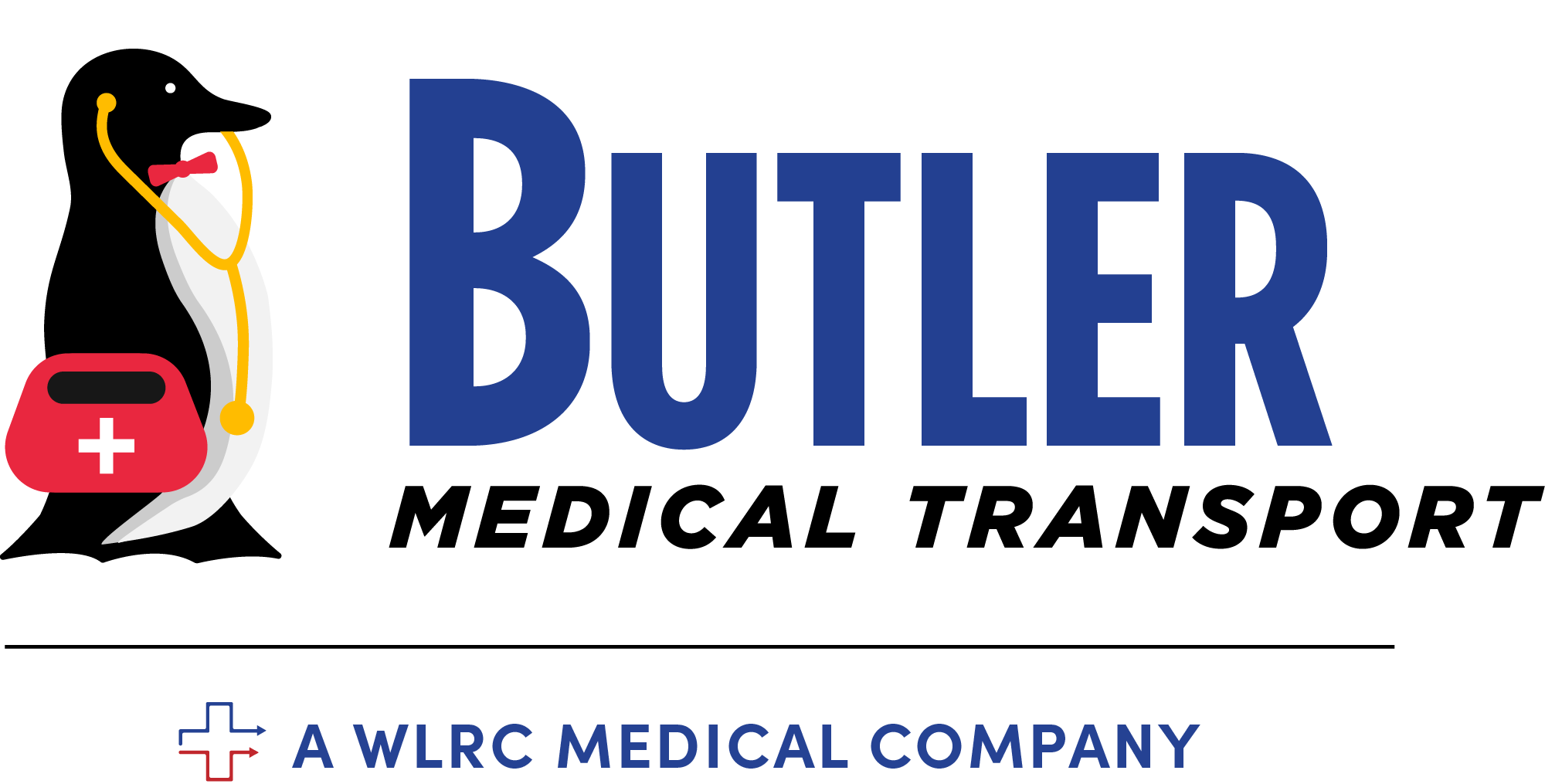When it comes to healthcare, time can often mean the difference between life and death. Ambulance services play a vital role in bridging the gap between patients and the medical care they need, but not all ambulance services are the same.
In fact, ambulance transportation can be divided into two primary categories: emergency ambulance services and non-emergency ambulance services. Understanding the differences between these types of services and when they are appropriate can help you and your loved ones receive the right level of care.
Emergency Ambulance Services
Emergency ambulance services are designed for critical, life-threatening situations where immediate medical attention is required. These services operate 24/7 and are typically dispatched through a 911 call. They are also equipped to handle a wide range of urgent medical situations, from heart attacks and strokes to serious injuries resulting from accidents.
Key Features of Emergency Ambulance Services:
- Advanced Life Support (ALS): Emergency ambulances often come equipped with advanced life-saving equipment such as defibrillators, oxygen tanks, and emergency medications.
- Highly Trained Staff: Emergency medical technicians (EMTs) and paramedics who staff these ambulances are skilled in providing critical care and stabilization en route to the hospital.
- Rapid Response: The primary focus of emergency ambulance services is to reach patients quickly and transport them to the nearest hospital as swiftly as possible.
- Direct Transport to Hospitals: In emergency situations, patients are typically transported directly to the nearest hospital emergency room, where they can receive immediate treatment from a team of healthcare professionals.
Common Situations Requiring Emergency Ambulance Services:
- Heart attacks
- Strokes
- Traumatic injuries
- Respiratory distress
- Uncontrolled bleeding
- Loss of consciousness
Non-Emergency Ambulance Services
Non-emergency ambulance services are used in situations where a patient needs medical transportation but is not in immediate danger. These services are important for patients who require consistent medical monitoring or assistance during transit but do not require the urgent response associated with emergencies.
Non-emergency services offer a comfortable, secure, and medically equipped mode of transportation for individuals who might not be able to use conventional methods of travel due to their medical condition.
Key Features of Non-Emergency Ambulance Services:
- Basic Life Support (BLS): Non-emergency ambulances are equipped with the necessary equipment to monitor a patient’s condition, including basic life support tools like oxygen, basic airway management, and automated external defibrillators (AEDs) if needed.
- Assistance for Mobility-Impaired Individuals: Many patients who utilize non-emergency ambulance services are individuals with chronic illnesses, disabilities, or who are recovering from surgeries and need assistance moving from their home or care facility to medical appointments.
- Scheduled Transport: Non-emergency ambulance services can be scheduled in advance to ensure timely transport for appointments, including dialysis, chemotherapy, rehabilitation, or follow-up visits.
- Specialized Care During Transport: While non-emergency transports may not require the urgent care of an emergency service, trained EMTs still accompany the patient to provide medical monitoring and assistance throughout the journey. This ensures the patient’s condition remains stable during transport.
Common Situations Requiring Non-Emergency Ambulance Services:
- Transportation to medical appointments
- Discharge from hospitals to home or long-term care facilities
- Transfers between medical facilities for specialized treatment or procedures
- Transportation for bedridden or immobile patients
Key Differences Between Emergency and Non-Emergency Ambulance Services
The main distinction between emergency and non-emergency ambulance services lies in the immediacy and level of care required by the patient.
- Immediacy of Response: Emergency ambulance services respond to life-threatening situations and require a swift response. Non-emergency services are pre-planned and scheduled, without the urgency that comes with emergency services.
- Level of Care: Emergency services provide advanced life support and critical care, while non-emergency services focus on basic life support and ensuring patients’ comfort and safety during transport.
- Purpose of Transport: Emergency ambulances are used to take patients directly to hospitals for immediate treatment. Non-emergency ambulances are used for routine or non-urgent medical transport, such as taking patients to appointments or transferring them between healthcare facilities.
Choosing the Right Ambulance Service
Selecting the appropriate ambulance service depends on the patient’s specific medical needs. If the situation is life-threatening and requires immediate attention, emergency ambulance services are the right choice. If the patient requires medical transport for a non-urgent reason, such as a hospital discharge or medical appointment, non-emergency ambulance services provide a safe and reliable option.
At Butler Medical Transport, we offer both emergency and non-emergency ambulance services so that patients receive the appropriate level of care no matter the situation. Our team of trained professionals is dedicated to providing high-quality, compassionate care during every transport, whether it’s an urgent emergency or a routine medical trip.
